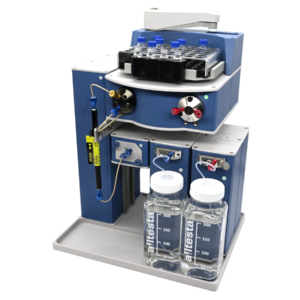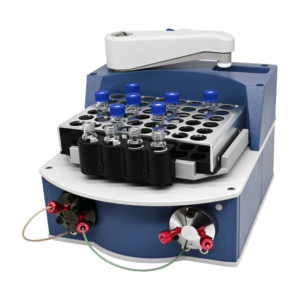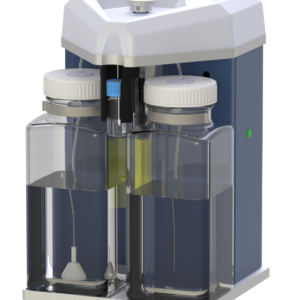HPLC Method for gamma-Aminobutyric Acid (GABA), Gabapentin, Gabapentin hydrochloride, Pregabalin on Primesep N by SIELC Technologies
High Performance Liquid Chromatography (HPLC) Method for Analysis of GABA, Gabapentin and Pregabalin
Gamma-Aminobutyric Acid (GABA) is a neurotransmitter with the chemical formula C4H9NO2. It is crucial in the nervous system for reducing anxiety and promoting sleep. It is naturally produced in the body, but can also be found in supplements and some fermented foods.
Pregabalin is a medication with the chemical formula C8H17NO2. It is an anticonvulsant, analgesic, and anxiolytic amino acid that is used to treat epilepsy, restless leg syndrome, anxiety, neuropathic pain, and fibromyalgia. In the US it is used for adjunctive therapy for adults, while in the European Union, United Kingdom, and Russia, it is approved for treatment of generalized anxiety.
Gabapentin is a prescription medication with the chemical formula C9H17NO2. It is used to treat epilepsy, neuropathic pain, hot flashes, and restless legs syndrome. Occasionally, Gabapentin is also used to treat anxiety and sleep disorders.
| Column | Primesep N, 4.6 x 150 mm, 5 µm, 300 A, dual ended |
| Mobile Phase | MeCN/H2O |
| Buffer | AmFm pH 3.0 – 10 mM |
| Flow Rate | 1.0 ml/min |
| Detection | CAD (Corona) (MS-compatible mobile phase) |
| Class of Compounds |
Acid, Drug |
| Analyzing Compounds | gamma-Aminobutyric Acid (GABA), Gabapentin, Gabapentin hydrochloride, Pregabalin |
Application Column
Primesep N
Column Diameter: 4.6 mm
Column Length: 150 mm
Particle Size: 5 µm
Pore Size: 300 A
Column options: dual ended
Gabapentin hydrochloride
Pregabalin
gamma-Aminobutyric Acid (GABA)






